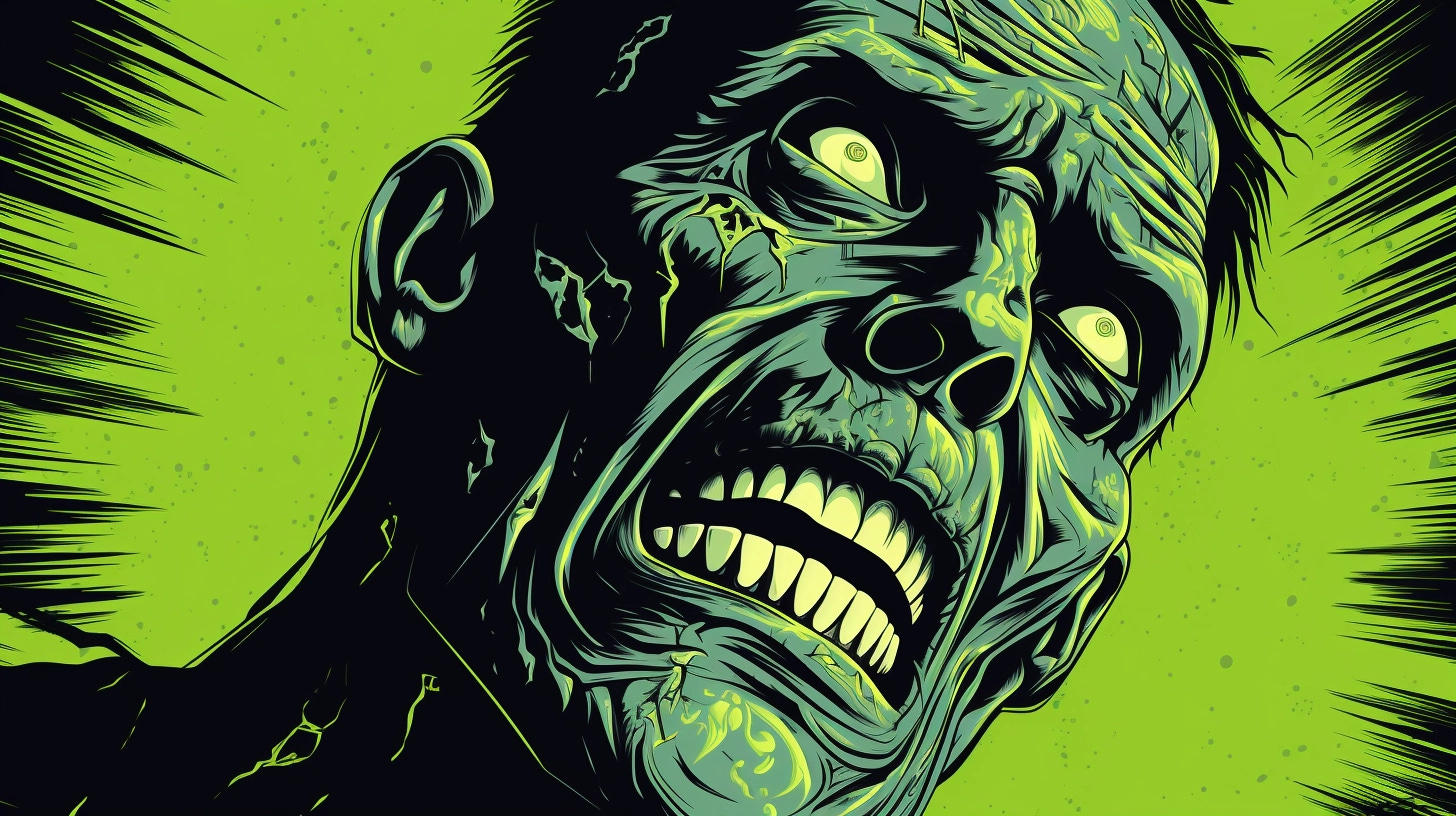What Are You ACTUALLY scared of?
Turning horror elements into deep-diving psychological metaphors
This is part of my “Art of Noticing” series, in which I learn, find, or discover the things around me that usually go unnoticed and turn them into an endless source of creative inspiration.
Today, I watched “The Babadook” with my teenagers and realized it’s actually about trauma rather than a monster. It made me realize how many horror movies are actually metaphors for the more mundane things that scare us.
My kids and I do this horror movie thing each year around Halloween. Because I write these posts far ahead, we’re flashing back to Halloween on this one. Grab your Trick Or Treat Bag and join us, will you?
So we watched The Babadook. My son said, “I heard good things about that one, and it has a funny name.” That was as good a reason as any to watch it. I expected a dumb pop-up horror show.
But nope. The monster — “Mr. Babadook” was actually a metaphor for a woman’s loss of her husband in the film, and how it will never stop stalking her. The best she can do is to learn not to be as afraid of it, and to learn to live with the horror. Thinking back, I’m remembering many horror films with similar “this isn’t really about what you think it’s about” storylines. (I’m looking at you, The Descent.)
Personally, I like to add layers of meaning to my writing, and I do it sometimes without fully realizing it. Personal fears, anxieties, and experiences can subtly seep into characters, settings, and plots. Recognizing it — and then doing it more and more on purpose — can make stories that really stick. (Evidence: For a dumb horror film, The Babadook has 98% on Rotten Tomatoes.)
Here's how this "noticing" can benefit my stories and art:
Unmasking the Monster Within
In horror and beyond, the real terror often comes from inside the characters, not from the outside world. The protagonist’s struggle with a monster might actually be a metaphor for their battle with mental health issues, societal pressures, or personal traumas. We can delve into these themes, scary stuff as a way to explore the human psyche.
Creating multi-layered stories not only enriches stories but also delivers a relatable experience to the reader. People may not have faced a literal monster, but everyone’s faced some demons.
Symbolism in Setting and Atmosphere
The eerie atmosphere in horror (foreboding shadows, unsettling silence) serves a purpose other than creating fear. They also symbolize the character's emotional state, their isolation, or the pervasiveness of their struggles.
By crafting settings and atmospheres just so, we can create a symbolic landscape that mirrors our those internal journeys. Horror (or suspense, or other things like it) can be more than just terror. It can be about life's darker, more introspective moments.
Building Empathy Through Fear
Horror has a unique way of evoking empathy. When a character faces their fears, that coping (and obviously the fear itself) resonates with the audience’s experiences of facing their own shit. We don’t have to just scare people, in other words. We can move them, too.
Horror might seem to be about scaring the audience (and it definitely is), but its real power is in its ability to mirror our own fears and challenges. We have the opportunity to play a bigger game, telling stories that are both terrifying and meaningful.
Want to learn on the go?
Reading these posts is only one way to get these lessons. Every post here has a companion episode of my 10-minute, multi-times-weekly podcast, The Art of Noticing.
WANT MORE?
Members get extra posts like this one, bonus podcast episodes, and more every week … all for the price of a fancy coffee. Learn about membership here.


